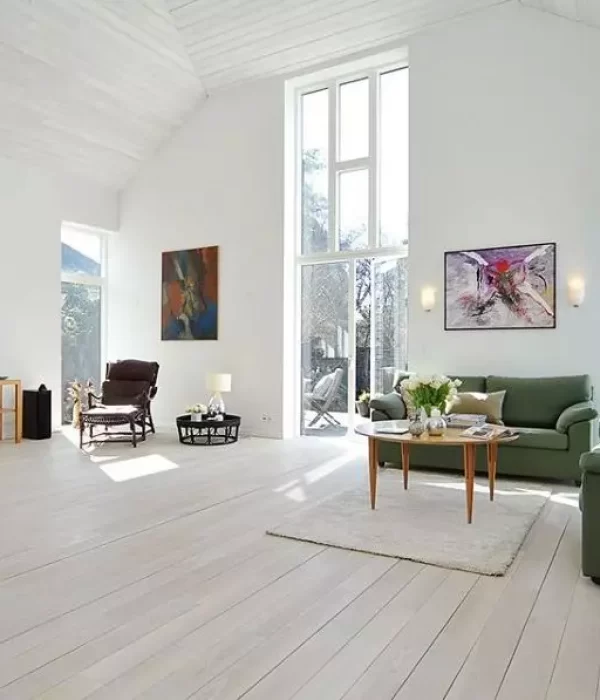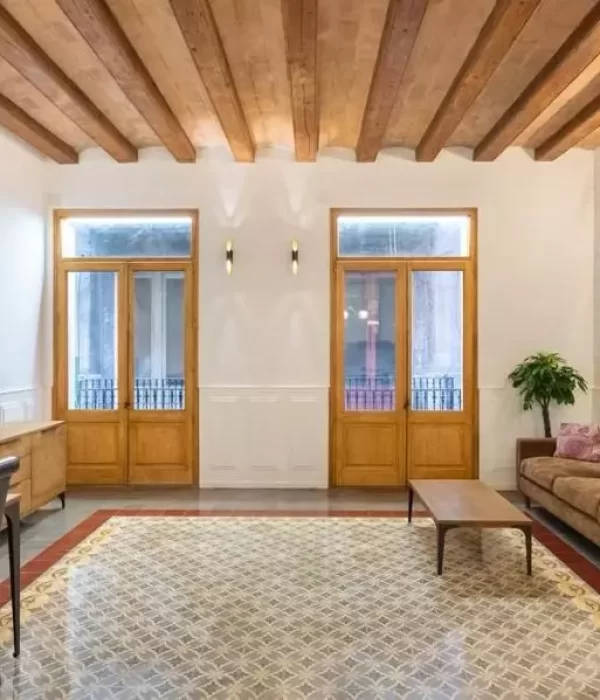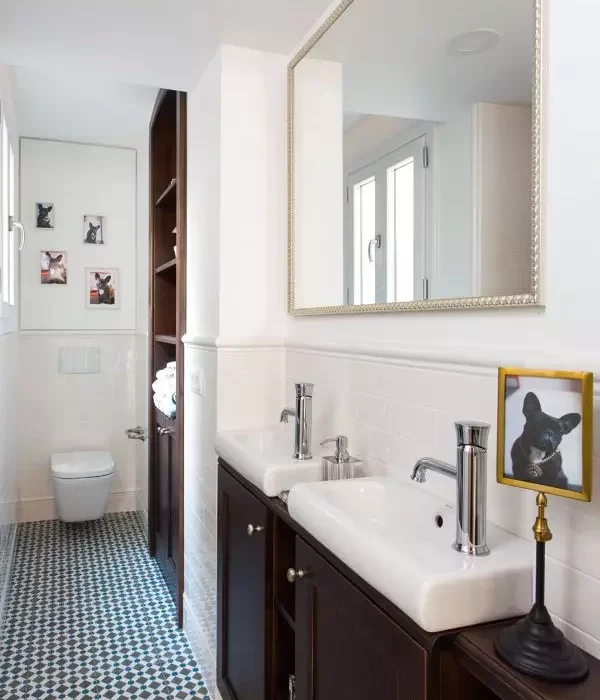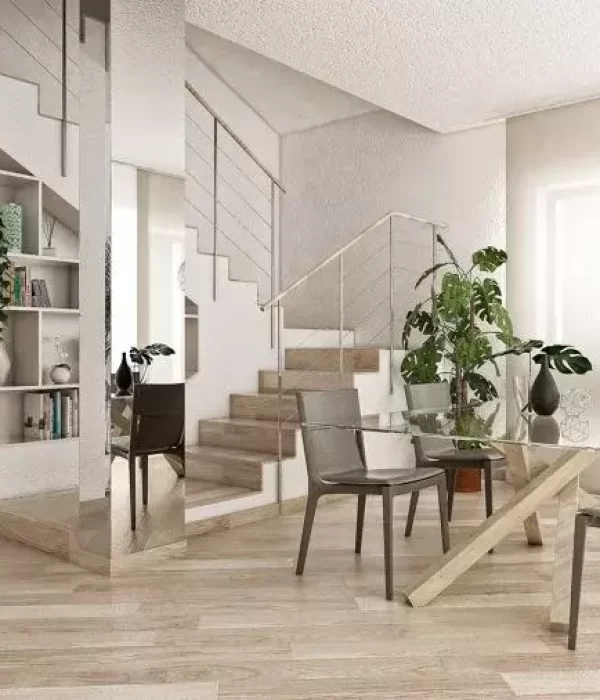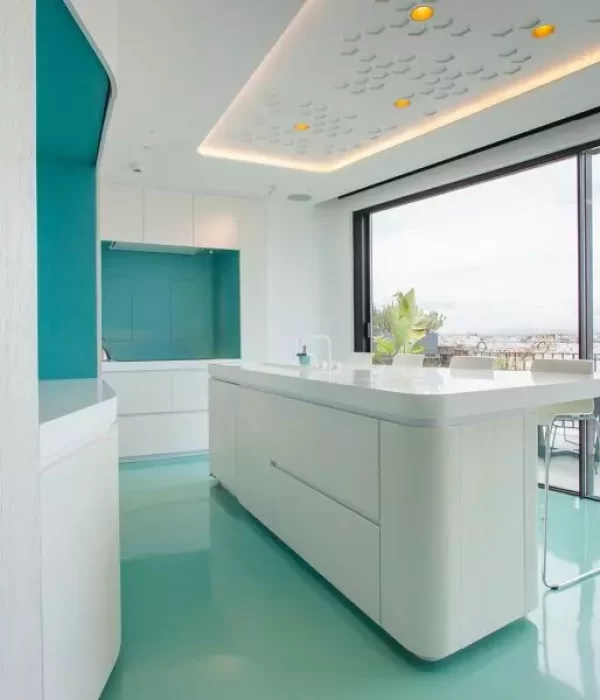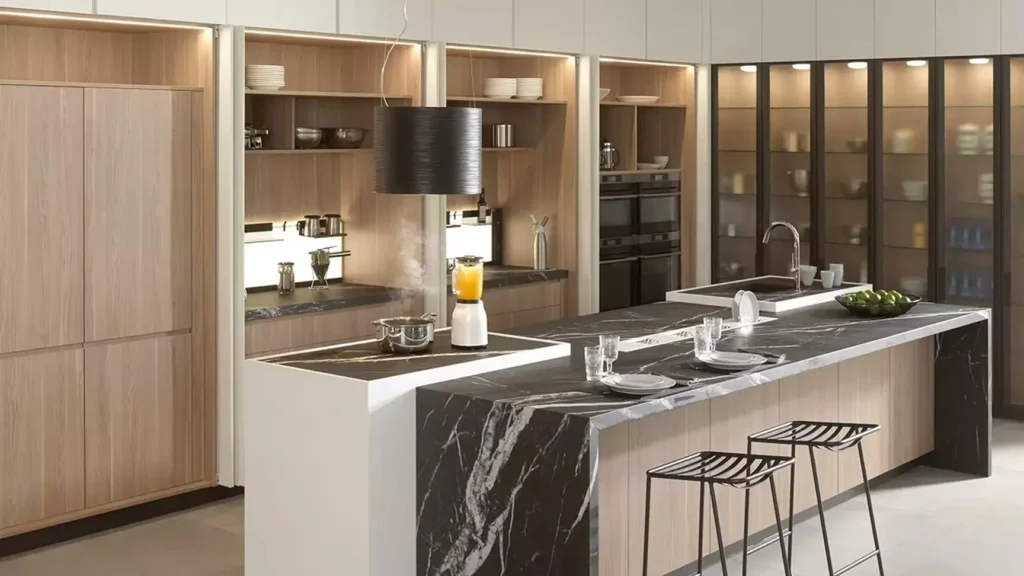4 types of floors that you can install without removing the one you have
Whether by taste, by the wear and tear of time or because we have used low-quality materials, there comes a time when the floor we have at home must be replaced. But on many occasions, just thinking about the consequences of doing so makes us leave everything as it is. But don’t worry, all is not lost and changing the floor does not always involve debris and inconvenience. We have a list of materials that you can use to renovate the flooring in your home without creating a lot of fuss. Yes, options to change the floor without work. The best? They are inexpensive and you can put them on top of the existing floor.
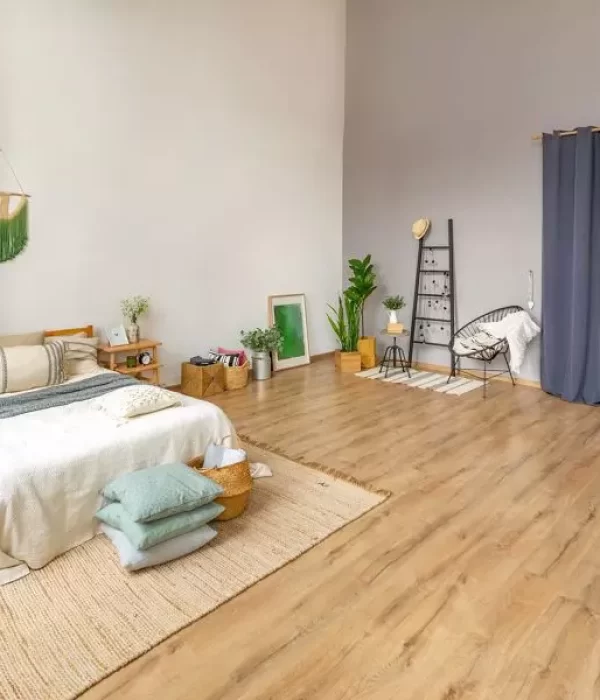
First step: Evaluate the condition of the soil.
Regardless of the type of floor you want to put in your home, the first thing you should do is evaluate the condition of the floor you already have. Check for holes, loose or broken pieces, or unevenness, since it is very important that the base is in good condition and well leveled. Another precaution to keep in mind is to adjust the height of the doors and frames before and after laying the new floor. Since the overlapping of materials will increase the height of the floor by a few millimetres.
Restore if you don't want to give up the apartment you already have
If you have a good wooden floor, a possible solution before putting a new material on top is to invest in its restoration. Nowadays there are floors made with good quality wood that are a gem and add value to the home. A good result can be achieved by sanding and applying layers of varnish or water-based resin.
1) Vinyl
Vinyl floors are an excellent option, since they perfectly imitate other materials, including wood or hydraulic tiles, and are placed by gluing on the existing floor thanks to a glue or self-adhesive that is incorporated into the roll or the tiles themselves.
Like laminate floors, there are some models that work by joining the pieces with a “click”.
This type of pavement is only 3 mm thick and does not cause much change in level.
Available in various colours and models, they can be applied on cement, polished marble and granite surfaces, ceramic, porcelain and cement blocks.
2) Linoleum
Linoleum flooring is a flooring made mainly from linseed oil that is mixed with other materials such as ground stone.
It is a natural and biodegradable material.
It is placed using embedded pieces, tiles or in rolls two meters wide and normally glued to the support.
Its thickness is usually between 2 and 4 mm.
3) Laminate
It is also known as a floating floor, since it can be made up of boards and can cover the existing floor by fitting its boards together.
It can be placed on ceramic, stone, concrete, wood, tile or porcelain.
Avoid applying it to textile carpets or any putty.
The thickness of the flame is usually 7 to 12 mm.
4) Epoxy Resin
Epoxy resin is another great way to transform your home and can be applied over different floors.
It is not advisable on wooden pallets, as the boards can become loose over time and damage the material.
Provides a continuous, smooth and jointless finish.
It is essential that it be installed by a professional.
At Canada Countertops, we understand the significance of renovations. We’re here to assist you with your countertop transformation. Count on us for an exceptional upgrade!
Provides a continuous, smooth and jointless finish.
It is essential that it be installed by a professional.

